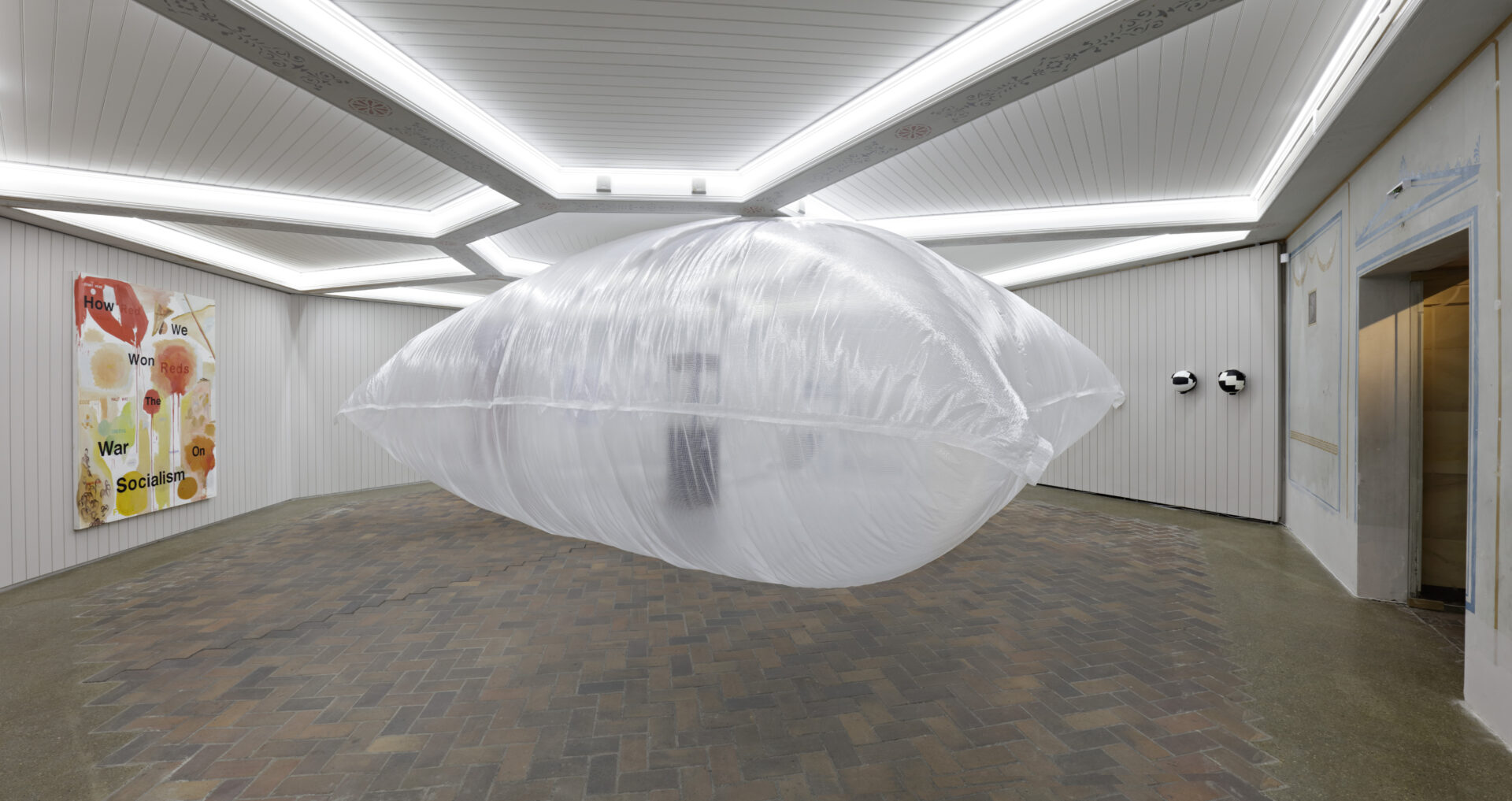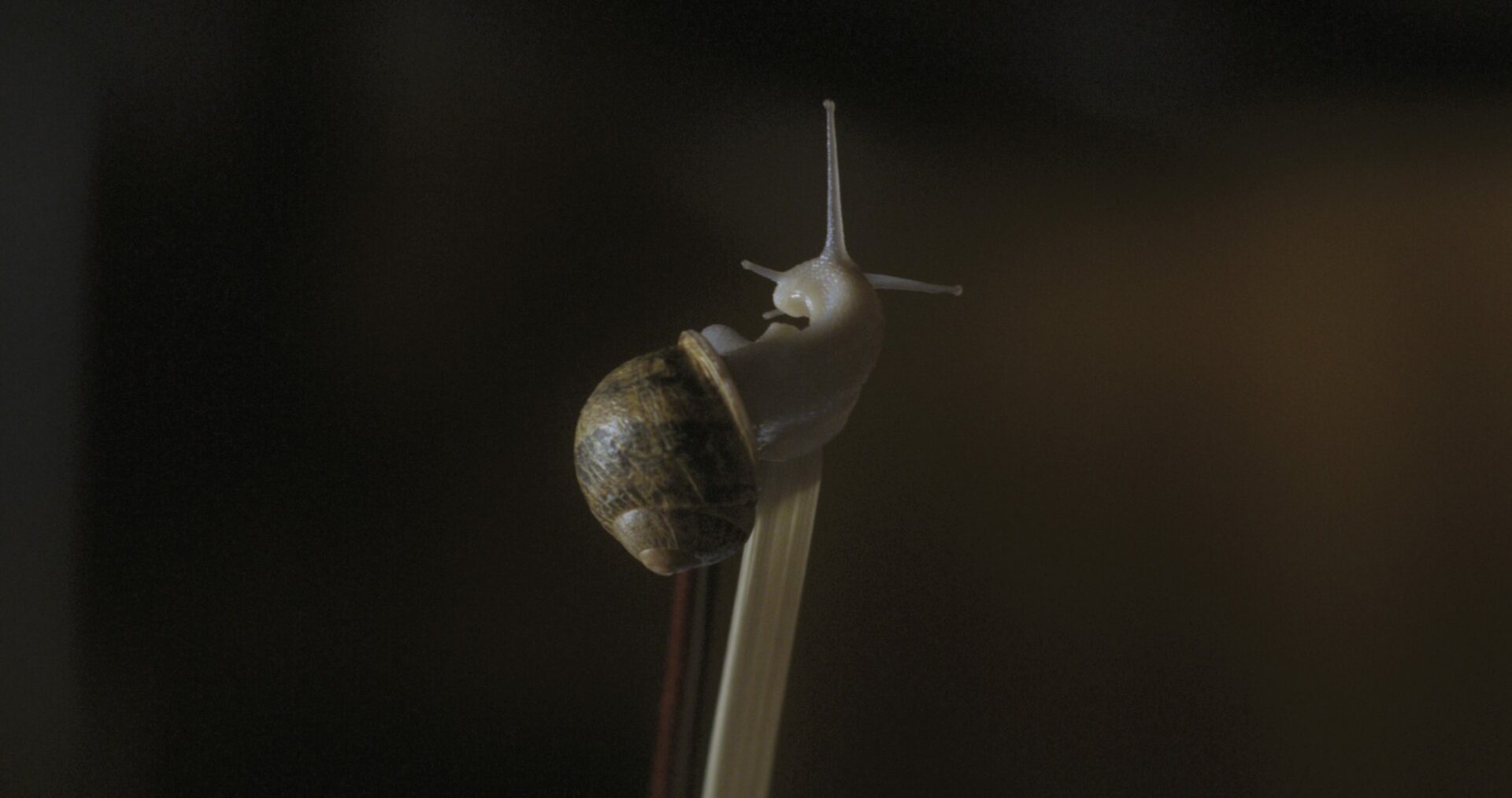
University of Waterloo Gallery, 2024.
Photo: Scott Lee
January 11–March 9, 2024
[En anglais] To unearth means to bring to the surface, to expose, and implies encountering something from the past that’s been concealed—either in the physical landscape or on a psychological level. In their latest exhibition, unearth, presented at the University of Waterloo Art Gallery, artists Camille Turner and Camal Pirbhai continue their collaborative work, using photography as their tool to expose social myths about Canada’s past, unearthing its history of slavery. Their work makes clear how the topography of the present is distorted when the existence of enslaved persons and details about slaveholders are intentionally kept out of sight, out of mind. The exhibition gathers their most recent collaborations—featuring their immense installation House of Bâby (2021) alongside nine large-scale photographs from their series Rocks (2021–23)—in which they employ portraiture of contemporary subjects to honour and remember the lives of those claimed as property. These lens-based activations make the legacies of slavery visible within Canada’s current-day landscape.
House of Bâby is a monumental portrait set in the Great Hall of Toronto’s Union Station, a busy transit nexus in the city’s downtown core, where the work was previously housed for the past two years. When we look at the image, the architecture and décor of the hall appear as they typically do—the barrel-vaulted ceiling anchoring the central plane, classical Corinthian columns featured in the back corner, the ten provincial flags and the Canadian flag hanging from the north-facing wall—and a blurry mass depicts the bustling crowd moving through the space. When we shift our position to observe the work, figures from the crowd come in and out of focus. Made of a lenticular surface, the portrait intentionally conceals and reveals eighteen subjects from specific vantage points. These contemporary subjects, members of the artists’ community portrayed in present-day Toronto, memorialize eighteen Black and Indigenous people enslaved by different generations of the Bâby family during the 1700s and early 1800s in Detroit, Windsor, and Toronto, powerfully embodying their memory and carrying it into the present. Engaging us in a critical process of observation, the work’s lenticular effect troubles the image and asks why these eighteen people, and others who were enslaved, are concealed from the national collective consciousness.
Créez-vous un compte gratuit ou connectez-vous pour lire la rubrique complète !
Mon Compte


